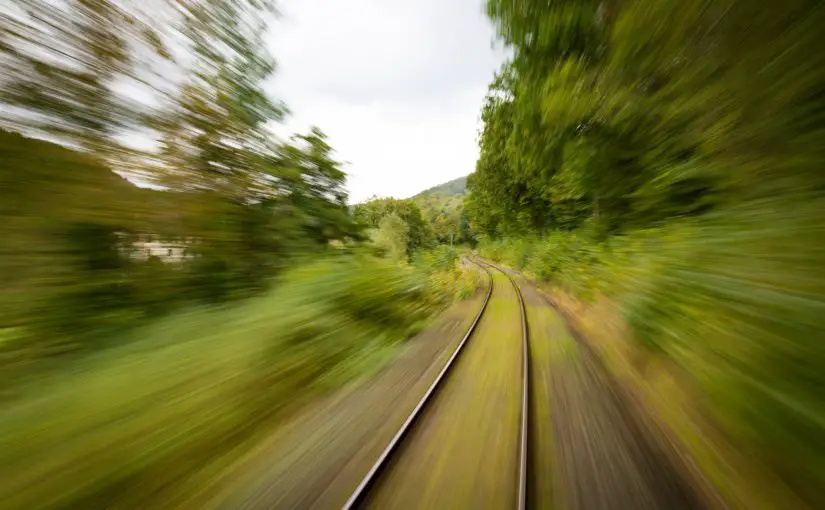In this article, I want to delve a bit deeper to understand the effects of fast or slower shutter speed on a photograph.
If you are new to photography, shutter speed is the amount of time the camera’s shutter is open. The best way to describe shutter speed is to look at a film camera. In film cameras, the shutter refers to a mechanical mechanism where a curtain (commonly referred to as a shutter) opened and closed quickly letting light to expose the film.
The time the shutter was open could be changed depending on how much light the photographer wanted to expose the scene for. Shutter speeds, therefore, could be measured in seconds, based on the amount of time the shutter was open.
Why is Shutter Speed so important?
Bright scenes only require the shutter to be open for a very short amount of time (for instance 1/500 of a second), whereas low light scenes require longer times (in the vicinity of around 1 or more seconds). You can break some of these rules with accessories like an external flash lighting or a neutral density filter, which that I’ll cover later on in my beginner guide to photography.
Modern-day DSLRs and mirrorless cameras still adopt the same shutter speed measurements, but they have one significant advantage, they can see the picture straight away. Why is this important?
Well for starters, the effects of different shutter speeds become noticeable. Many people starting out in photography think by the rules, i.e. if a subject is traveling fast, therefore I need a fast shutter to capture the image. What they don’t understand are rules can be broken, and this is where a digital camera has the most significant advantage.
Imagine if you are trying to capture people in a subway, if you want to freeze their motion, then selecting a fast shutter speed is desirable. However, have you ever stopped to think why this is so?

A faster shutter speed will freeze the motion
Well to put it simply, when the shutter is open any movement that occurs will show in the image as motion. The longer the shutter is open, the more motion blur. This movement can be desirable depending on how you want to depict the scene.
Going back to our subway example if you did want to follow the rules of using a faster shutter speed you will be able to freeze the motion. The result would be a sharp image with plenty of detail. However, you can break this rule. Using a slower shutter speed will result in a completely different look.

A slower shutter speed blur will allow you to convey movement
In this image, you can see a slower shutter speed in operation. The people moving are shown as blurry figures because they move while the shutter is open. On the other hand, the person standing remains sharp as they did not move during the exposure time. So as you can see playing with shutter speed to obtain visual effects in camera does have its benefits, all it takes is some know-how and a bit of practice.
The next element and final element of the exposure triangle I’ll cover is ISO, you can read up in it my article What is ISO?. If you need a refresher on aperture, read my article on What is Aperture?
Learn more about the exposure triangle or other photography concept on my beginners guide to photography.

Leave a Reply